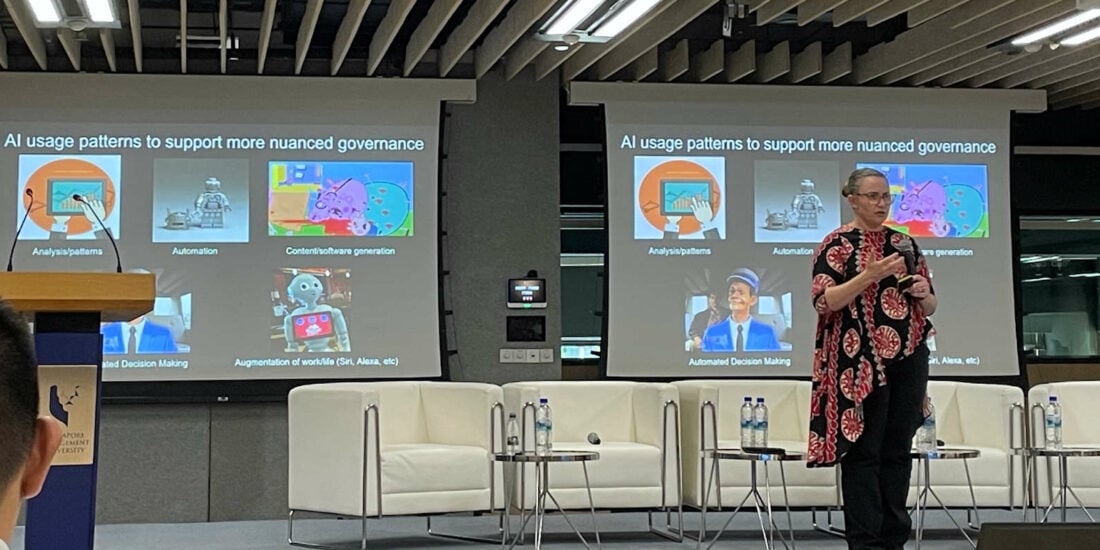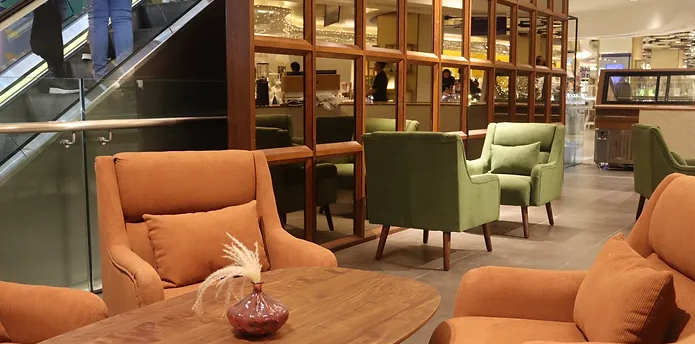
The Evolution of Practice
The Origin
The date is 27 August 2019. The first of three sessions of Mass Call 2019 had just concluded. Friends and loved ones gathered in troves at level 1 of the Supreme Court. There was a nice buffet spread, a long line for the photo booth and Chief Justice was mingling amongst the crowd after the hearing was over. Approximately six months later, the Supreme Court would essentially turn into a ghost town. At that time, no one in the world knew what was going to hit us in the coming months, let alone the coming years. Fast forward to the year 2023 and practice is a whole new creature waiting to be conquered.
I count myself really lucky to be called to the Bar in the year 2019. I was essentially the last batch of lawyers to experience practice in all its physical glory, before we could not even step out of the house for non-essential activities for two whole months. But rather than come to a complete standstill, practice has evolved and embraced new norms in this post-pandemic world.
The Not-so-distant Past
Before COVID-19, going to Court was an adventure. You never knew how long you were going to wait for that Pre-Trial Conference that was fixed at 2:30pm (I once waited till 5:00pm during my training days with my Associate). You had to take a queue number for Bankruptcy Thursdays when the queue system started operations at about 8:30am if you wanted to avoid waiting hours at the level 2 sofas.
At the State Courts, the digital queue system at the Centre for Dispute Resolution was abandoned in favour of a good old-fashioned manual queue outside the judges’ chambers. You could be turning up for a trial in a courtroom that was tucked away in one of the far corners of the building. But nothing could beat meeting a fellow member of the profession at the Bar room with a cup of nice kopi made by the Bar room aunties.
But like a real adventure, it wasn’t always fun and games. The hours spent waiting in the Supreme Court made it hard for one to get any other work done for the day. I vividly remember I once had to travel to and from the State Courts three times in a single day – once in the morning, once in the afternoon and finally once for night court. As if the two-hour commute to and from the workplace wasn’t bad enough, the Court travelling took a further toll on productivity. However, this was the reality that everyone had to deal with. It wasn’t just a “me” problem, it was the way of practice and you had to do your best to adapt and make the most out of it.
Court aside, many other activities were also done physically. Client meetings in office and commissioning of affidavits were just some of them. There were always slight concerns on the back of one’s mind when attempting to coordinate a commissioning. You didn’t want the commissioner or the client to be waiting excessively, but rarely are the both of them ever on time together. More often than not, it will turn out to be more than just a simple five-minute affair.
Ultimately, what stood out the most from all of these was the element of physical human interaction. There is still that psychological difference in meeting someone in person and shaking his or her hand as opposed to simply interacting through a screen. The “human touch” element is really not something to be scoffed at, and it can go a long way in building trust and relationships. Better outcomes could have been achieved with just a simple chat between solicitors while waiting outside the courtroom. One could have made a new friend in the profession whom one could tap on for advice in an area of law that one might not be that familiar in. For better or worse, things just aren’t the same any more.
The Pandemic Era
The previous pandemic in Singapore lasted approximately four months. No one in this lifetime could fathom anything longer than that. I still remember being in Primary School back then and was more than happy to enjoy the school closure.
Even though we could all sense it coming, 7 April 2020 was when the country stopped and stood absolutely still. One month of lockdown turned into two. The hope of a quick settlement in our negotiations with the disease slowly faded away. Industries had to innovate to find ways to work in the new reality, and the legal industry was no different.
Firms upgraded or installed new cloud systems or VPN servers. Microsoft Teams became the new platform for a team discussion. Digital signatures became more widely accepted. Zoom became everyone’s best friend. Changes to the way law was practised moved at a pace faster than anyone could ever imagine. We no longer even had to leave the house to attend a court hearing. Video-calling technology improved by leaps and bounds to the extent that it was no longer considered necessary to have expensive equipment or a room dedicated for conference calls to meet with esteemed clients.
In exchange for that convenience, we also had to open our most private space to the world. Even with digital Zoom backgrounds, more often than not there will be times where the background glitches out and everyone on the Zoom call will get a glimpse of one’s house or personal workspace. It was also not uncommon for a family member or a pet to accidentally (or not) invade a Zoom call. These were all new challenges that everyone had to deal with, as it was quite literally, the only way of being able to work at that time.
Every other week, new protocols were being introduced to make work and court more streamlined in their processes, and to make sure that systems could still continue to function as efficiently, or more efficiently than before. The initial inertia to switch to learn new technology slowly petered out and became almost second nature. It was often joked that COVID-19 was the best Chief Technology Officer that anyone could’ve asked for.
The Endemic World
On 13 February 2023, Singapore finally entered into the “Endemic Phase”. The final remaining COVID-19 restrictions outside of the healthcare sector were finally lifted, after almost three years since the country elected to try and break some circuits. Nevertheless, it was simply more symbolic than anything else. Many companies had already elected to re-adopt the old way of working life sometime back in 2022. The Central Business District of Singapore was bustling again, and public transport resumed their normal “tunas-in-a-can” packing during peak hours.
However, even after the opening up, some firms chose to stick with the hybrid working models that were introduced during the pandemic. There are also firms who shrunk their physical spaces and implemented manpower rotation to ensure that there were still enough workstations for everyone on their “work-in-office” days. Some firms have even taken it to the extreme and did away with physical office spaces completely, opting to operate in the cloud (server) or from home. All these were just possibilities in the past, with few opting to take the plunge into the unknown, but has proven to be more than viable now.
But having a flexible working environment wasn’t the only thing that remained. I have not attended any physical Pre-Trial Conferences since the start of COVID-19, and plead guilty hearings can now be done fully remotely, with only the accused person being required to be present in court. I recently concluded a month-long trial conducted over Zoom. Documents were flashed via the share screen function, and being able to highlight parts of the documents made it much easier for all parties involved to focus on the issue at hand.
Having experienced both the pre- and post-pandemic practice worlds, things are certainly a lot quicker now. While waiting for a hearing to start, I could be at my work desk, with my full setup, drafting an e-mail or another document for another matter. Cross-border matters and discussions are way easier to coordinate now, with almost everyone having experience in using video-calling technology. It is no longer something that one will face an inertia to using. Firms have also recognised that work does not need to be limited to the office and productivity can be achieved anywhere, and outcomes are valued greater over “face time”.
Nevertheless, there are some things that I have to say I miss. Meeting fellow friends of the Bar in court and having a quick catch-up chat before a hearing is pretty much non-existent now. The “presence” factor that one has when performing cross-examination is also lost over the computer screen. A physical mediation between parties also allows one to observe body language better and facilitate more side discussions where necessary. These are things that we are unlikely to ever experience again, and now belong in a time capsule. Well, maybe it is just the nostalgia speaking.
Either way, I look back on this journey and I still struggle to believe sometimes that so much has evolved over this short period. I hope the industry moving forward will be less resistant to changes for the better and I look forward to the future of practice filled with excitement and wonder.






